5G Ecosystem – March
5G smartphone m/m growth seems to have settled into a ` 4% to 5% monthly increase level, which is consistent with the limited 5G monthly data we have already accumulated, and sub- 6 bands on a global basis seem to be the spectrum of choice for at least over 50% of 5G smartphones[1]. Typically, and again this only includes two years of data (3 starting in May) April should see higher 5G smartphone growth, although we expect much of that to be tempered by weakness in China due to COVID-19 lockdowns. All in, despite the broad slowdown in smartphone sales, 5G continues to grow both in absolute numbers and as a percentage of smartphone sales.
[1] This includes only those 5G smartphones that we know are sub-6. Mm-wave and those that do not specify are considered non-sub-6, which means the number for sub-6 is likely higher.




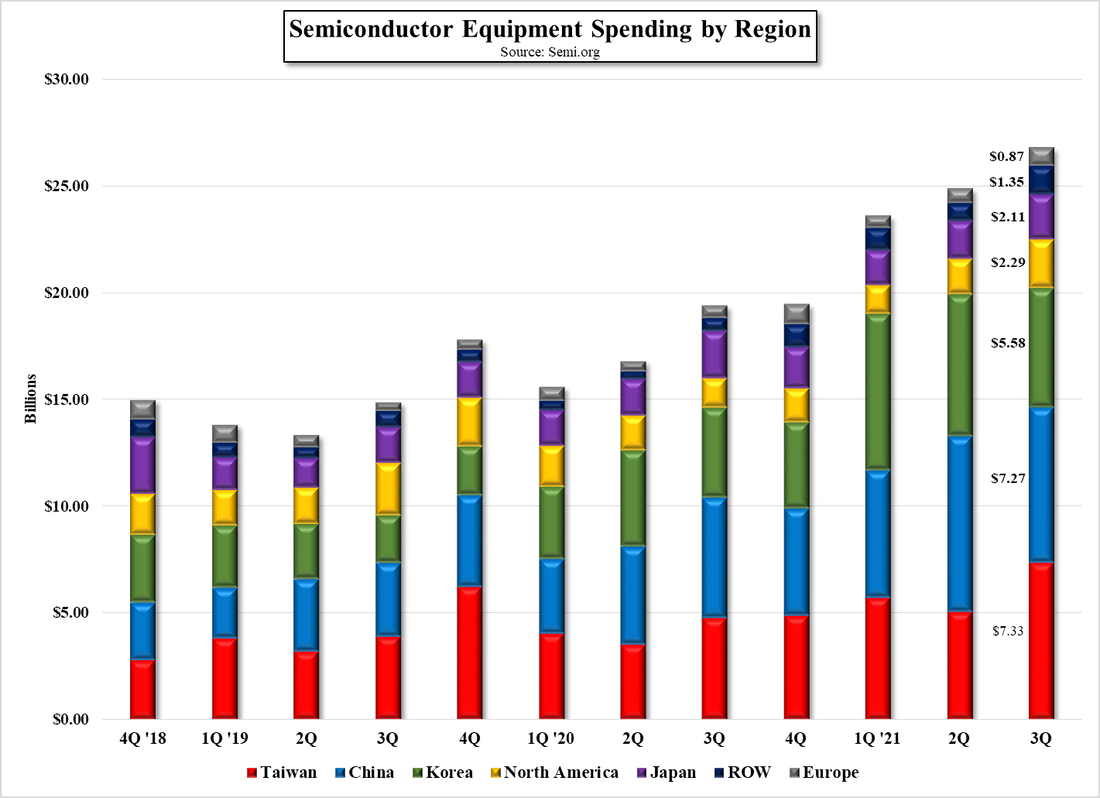
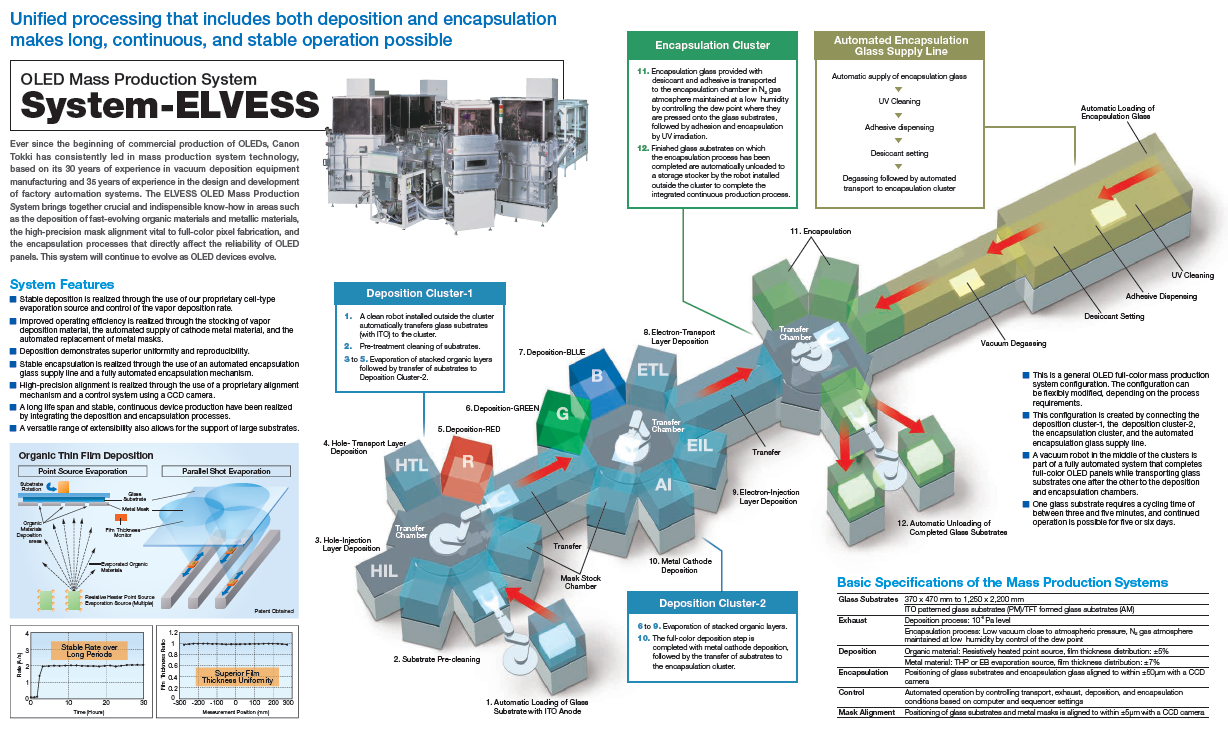
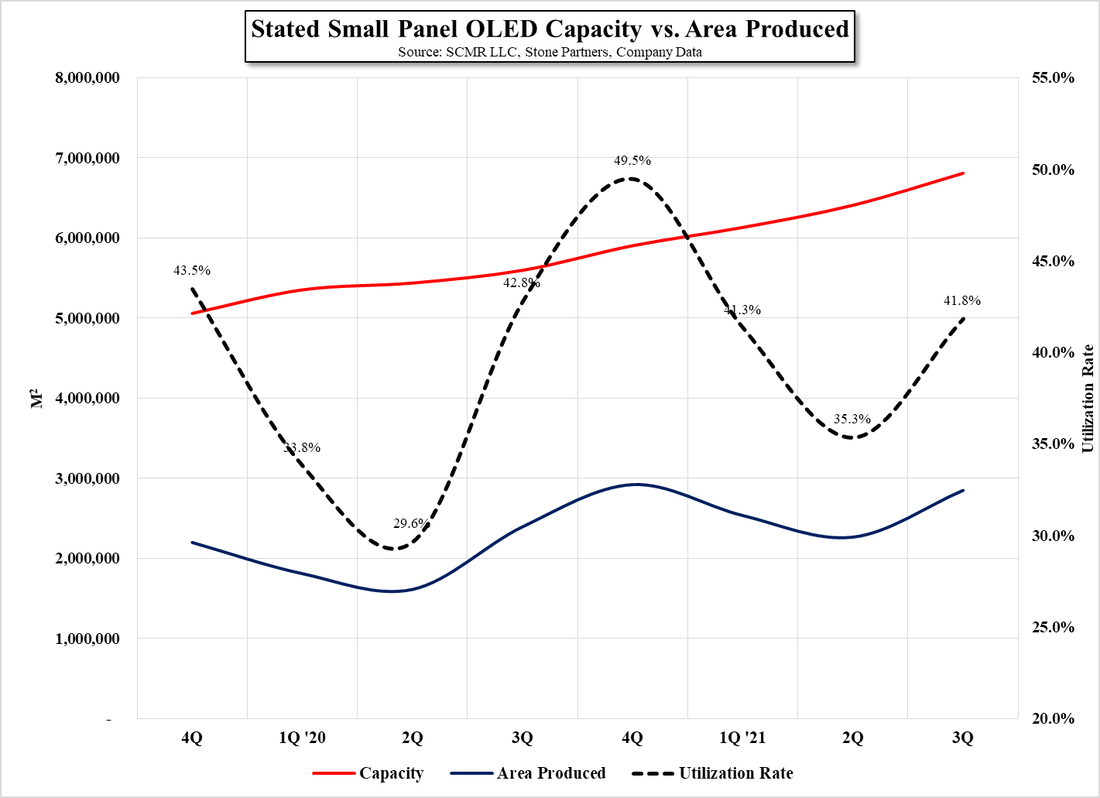
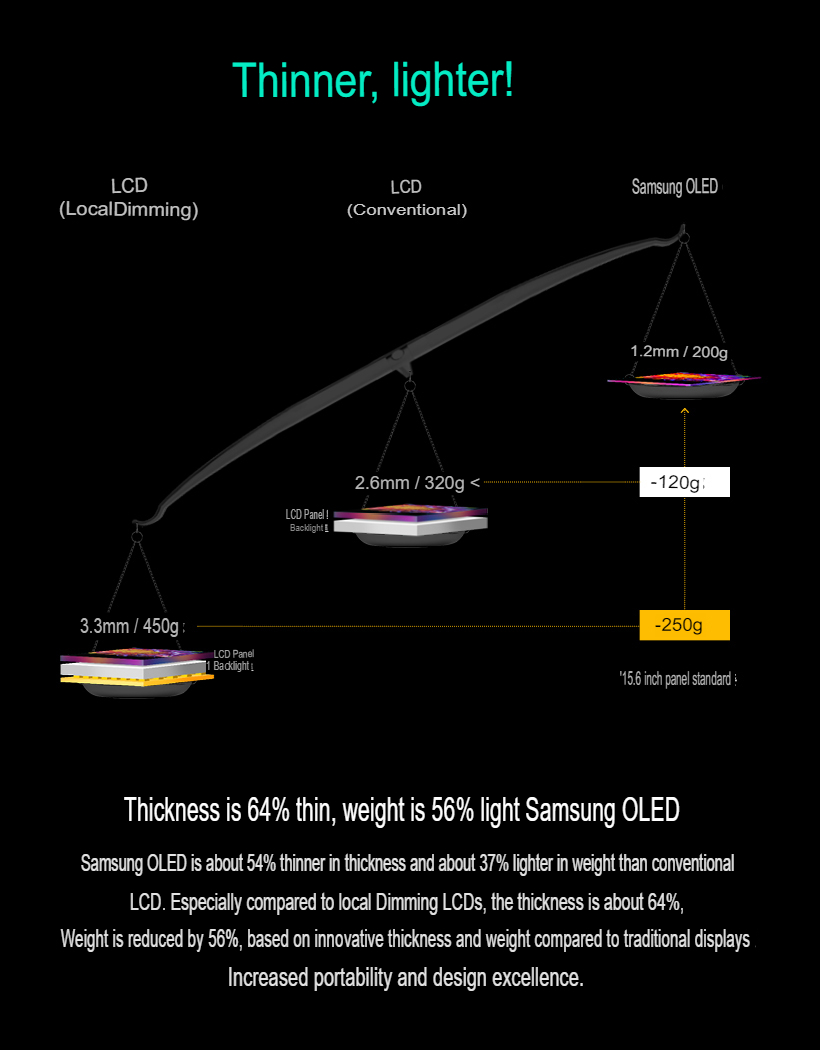

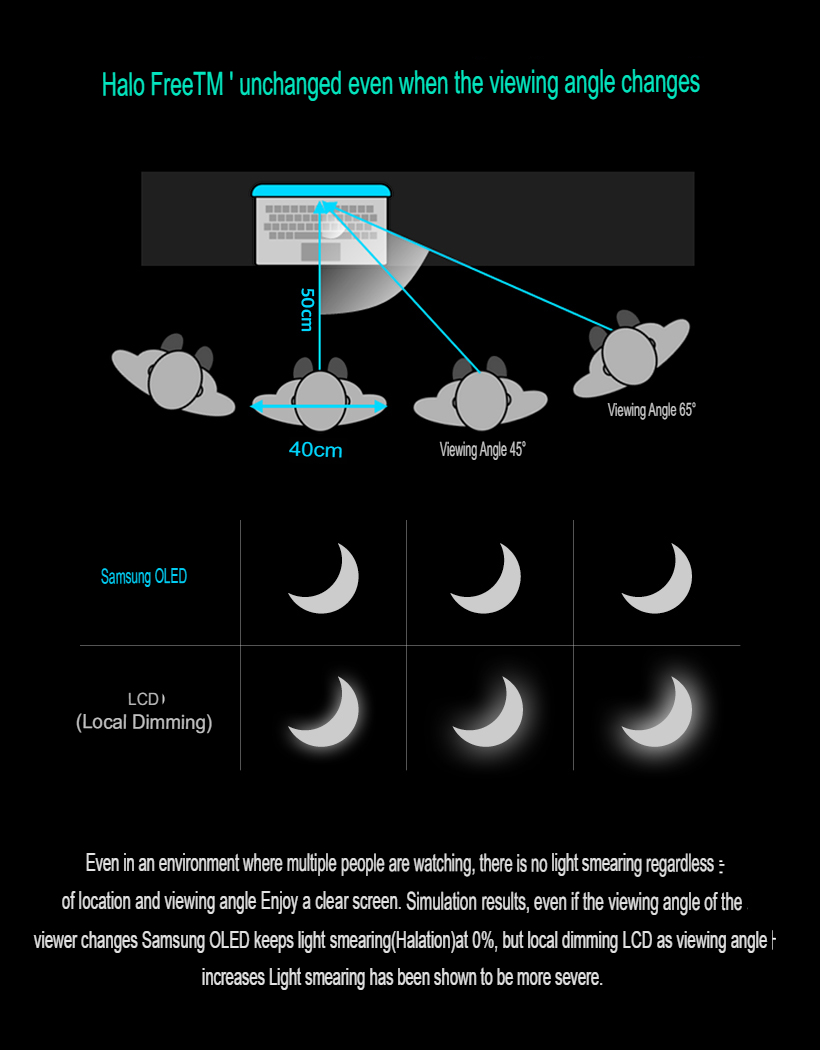



 RSS Feed
RSS Feed